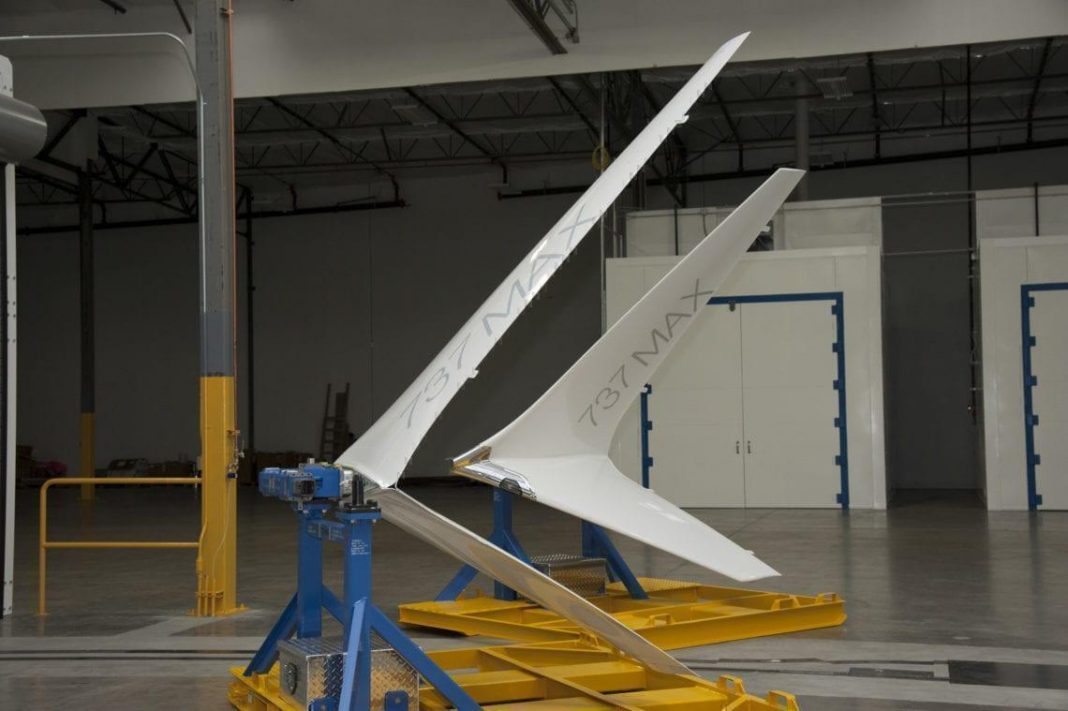Modified wingtips have been an indispensable part of aircraft design for decades, reducing fuel consumption and increasing range for more efficient travel.

Since their incorporation into commercial liners in the mid-1980s, wingtip designs have evolved as aviation companies seek to minimize fuel usage.
Stay informed: Sign up for our daily aviation news digest.
What exactly are wingtips?
‘Wingtip’ refers to the tip of the wing on an aircraft; the part that is furthest from the fuselage. While early aircraft designs did not fully embrace the potential of altering wingtips, modern aircraft employ various modifications to improve efficiency.

The shaped end of a wingtip is commonly known as a ‘winglet’, of which there are various types. Their function is to minimize vortex drag, also known as lift-induced drag. Drag occurs when high-pressure air beneath the wing spills over into the low-pressure air above the wing. This reduces aircraft lift, causing the plane to consume more fuel to stay airborne.
How wingtips improve efficiency
Wingtips function as a barrier that minimizes the exchange of high-pressure and low-pressure air. During flight, aircraft maintain low-pressure above the wing, while high-pressure air sits beneath it. High-pressure and low-pressure air converge at the wingtip to create vortices. These vortices displace a lot of energy, which significantly slows the plane down.

A barrier reduces the rate of convergence between pressurized air to maximize the lift-to-drag ratio. Aircraft are therefore able to operate at the same capacity while consuming much less fuel. The phenomena can be seen in birds, which curve their wings upwards during flight to increase efficiency and energy conservation.
Are wingtips effective?
NASA has claimed that wingtips save aviation companies billions of dollars every year just by improving fuel efficiency. A Boeing study of blended winglets observed improvements of close to 5% in fuel consumption. According to manufacturer Tamarack, their ‘Active Winglets’ will provide 15-33% in savings.

However, winglets add a lot of weight to each aircraft, usually in the hundreds of pounds range, so fuel savings must counter-balance the added baggage. Although winglets can cost around $1 million per plane to install and add significant weight, efficiency benefits usually cancel out the cost.
A history of wingtips
The concept of wingtips was developed for commercial application by Richard T. Whitcomb, who expanded on decades of theory by previous aeronautical engineers. Whitcomb theorized that a near-vertical winglet attached to wingtips would drastically cut vortex drag, and proved his theory correct with a series of experiments.

Despite the clear benefits, aviation manufacturers took several years to implement winglets into their designs. It was only the Middle-Eastern oil crisis of 1973 that provoked airlines to implement fuel-saving measures due to astronomical increases in fuel prices.
Nowadays, they are an essential part of improving flight efficiency and have evolved as manufacturers innovate in their designs. Boeing has even incorporated folding wingtips into its 777X models, which it claims will transform the industry.
What type of wingtips are your favorite and why?
[ad_2]
Source link


